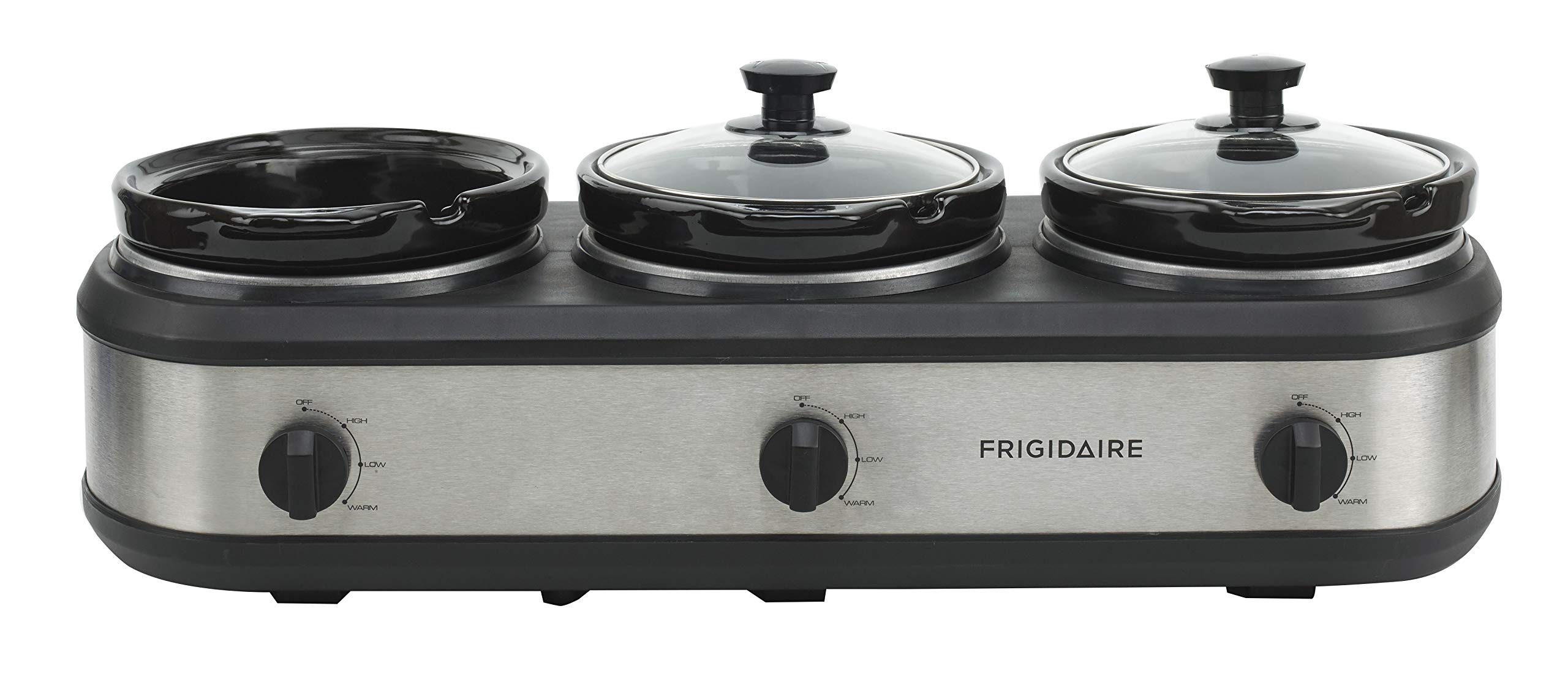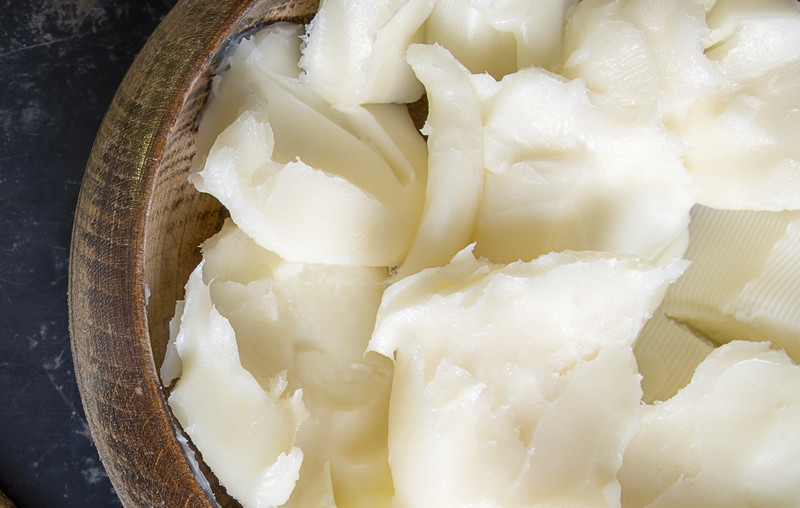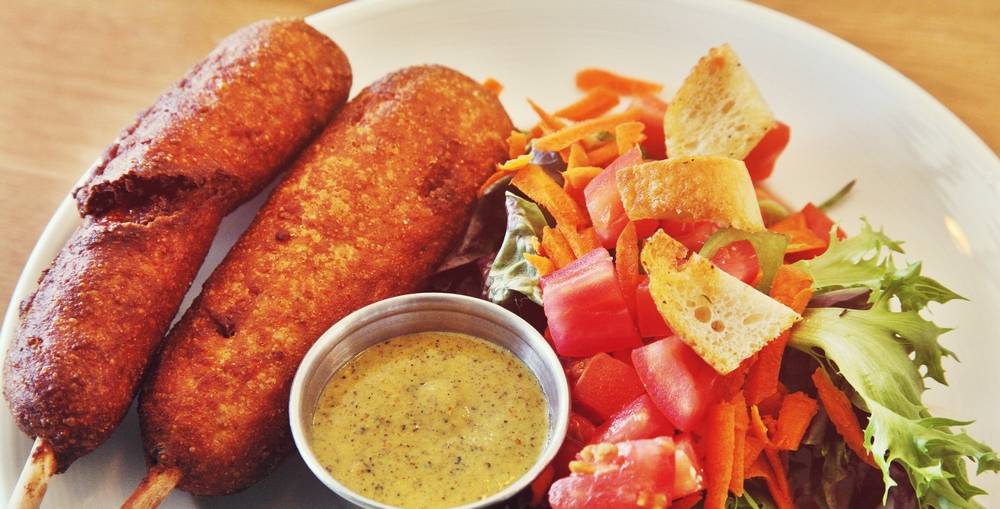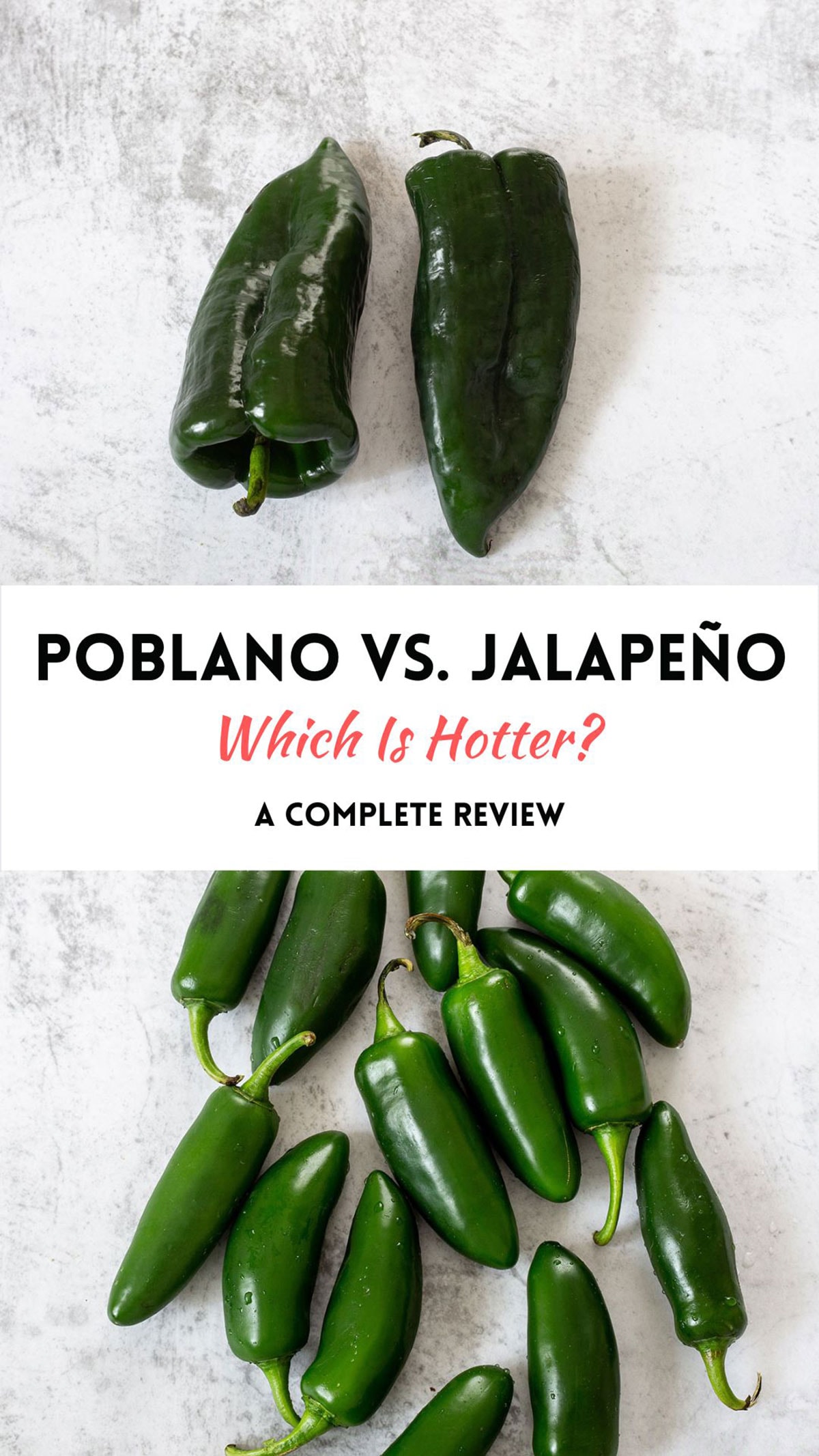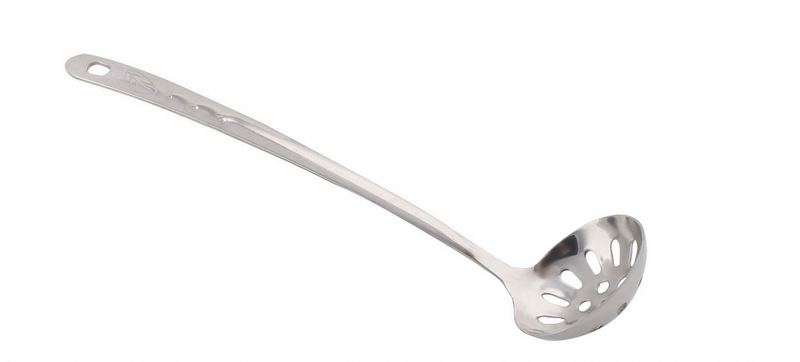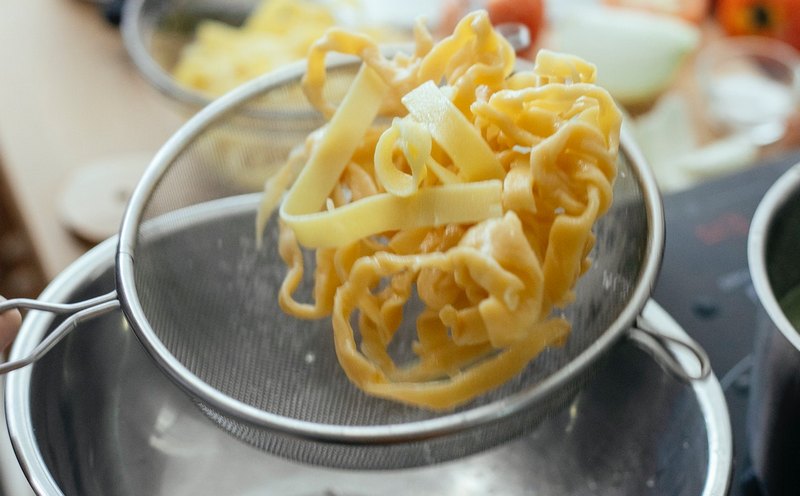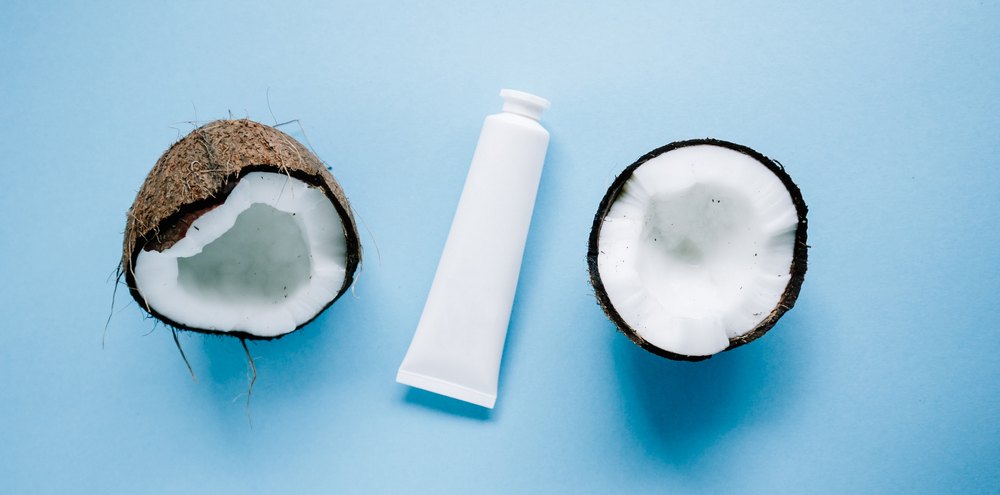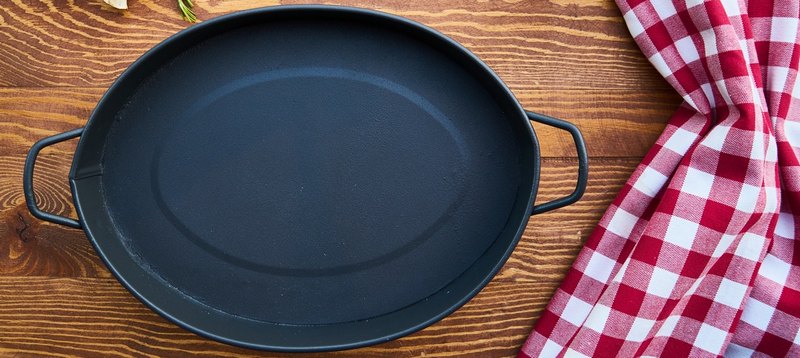– Jalapenos are known for their spiciness and versatility in various dishes.
– Poblano peppers have a milder heat level but a smoky flavor that pairs well with beans and rice.
– Poblano peppers can be roasted for added crunchiness.
– Poblano peppers have a Scoville rating of 2,000 SHU, while jalapenos have a rating of 10,000 SHU.
– Poblano peppers are bell-shaped, 4 inches long, and 2 inches wide.
– Jalapenos are elongated, 2-3 inches long, and 1 inch wide.
– Poblano peppers are native to Puebla, Mexico, while jalapenos are native to Mexico and the State Pepper of Texas.
– Both poblano peppers and jalapenos are used in Mexican cuisine.
– Poblano peppers have a mild flavor compared to other peppers, while jalapenos add spice.
– Poblano peppers are more versatile and can be used as a base for sauces or stews.
– Jalapenos can be stuffed with cheese or other savory fillings.
– Poblano peppers are low in calories and high in fiber, antioxidants, and vitamins A, C, K, and B6.
– Jalapenos are low in calories and contain capsaicin, vitamins C and B6.
– Poblano and jalapeno pepper plants thrive in full sun exposure and can tolerate a variety of soils.
– Pepper seedlings may take up to 8 weeks to germinate.
– Once true leaves develop, pepper seedlings can be transferred to larger pots.
– Poblano peppers are sweeter and have thinner walls, making them ideal for stuffing.
– Jalapenos retain some sweetness but add spice to dishes.
Continue Reading
